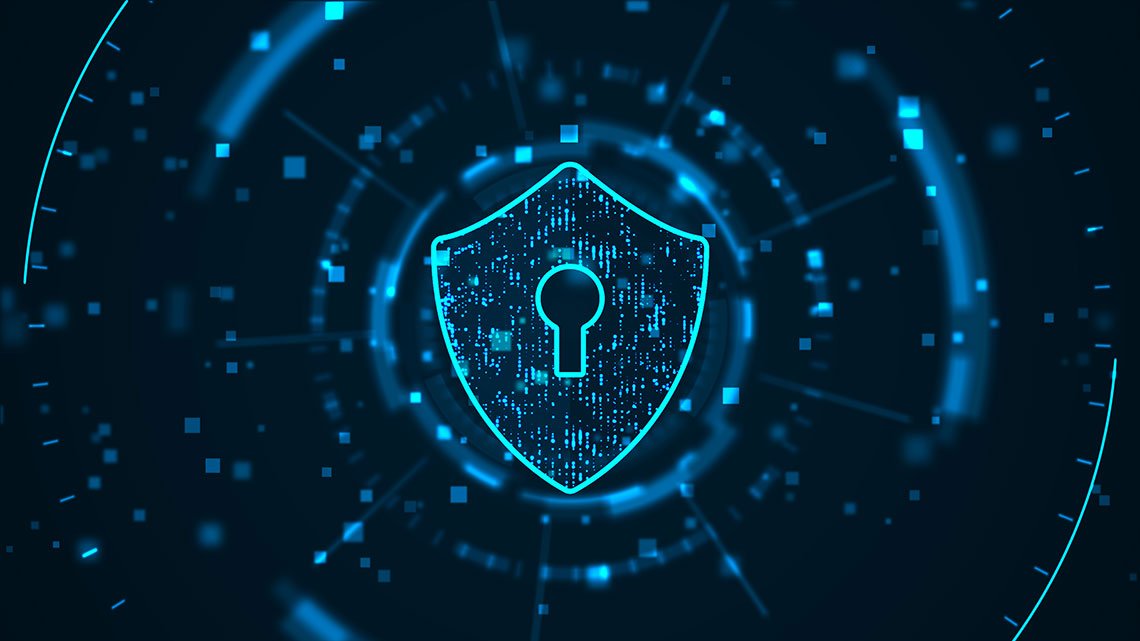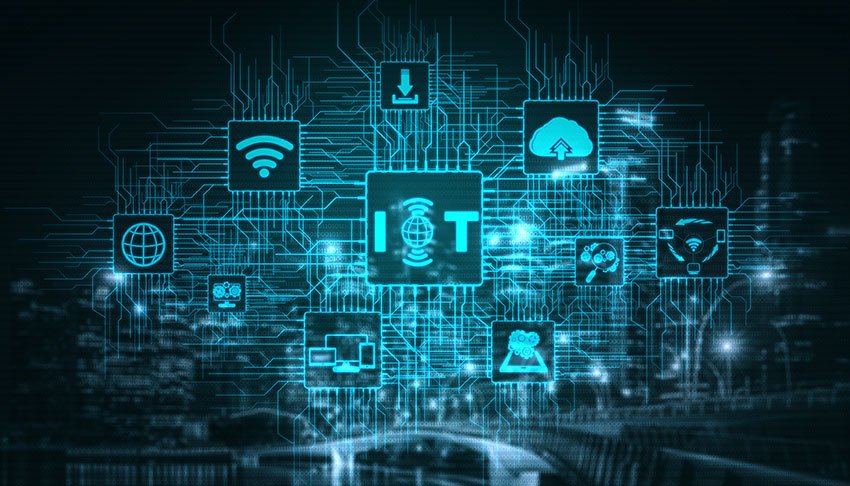
Information security, sometimes shortened to infosec, is the practice of protecting information by mitigating information risks. Information Security refers to the processes and methodologies which are designed and implemented to protect print, electronic, or any other form of confidential, private and sensitive information.
Table of Contents
Or if we have to say it short Information Security is basically the practice of preventing unauthorized access and it can be physical or electronic one.
One of the most common methods of providing information assurance is to have an off-site backup of the data in case one of the mentioned issues arise.
What is an Information Security?
Information security (IS) is designed to protect the confidentiality, integrity and availability of computer system data from those with malicious intentions.
Digital signatures can improve information security by enhancing authenticity processes and prompting individuals to prove their identity before they can gain access to computer data.
The three principles of information security are:
• Confidentiality – information is not disclosed to unauthorized individuals, entities and processes.
• Integrity – protection of information from unauthorized access or disclosure.
• Availability – protection of information and information systems from unauthorized disruption.
Information security risk is the potential for unauthorized use, disruption, modification or destruction of information. Such incidents can threaten health, violate privacy, disrupt business, damage assets, and facilitate other crimes such as fraud.
What are Information Security threats?
In Information Security threats can be many like theft of intellectual property, software attacks, identity theft, sabotage, theft of equipment or information,and information extortion.

Software attacks means attack by Viruses, Worms, Trojan Horses etc. Many users believe that malware, virus, worms, bots are all same things. But they are not same, only similarity is that they all are malicious software that behave differently.
Malware
Malware is a combination of 2 terms- Malicious and Software. So Malware basically means malicious software that can be an intrusive program code or anything that is designed to perform malicious operations on the system. Malware can be divided into 2 categories:
Malware on the basis of Infection Method are following:
Virus
They have the ability to replicate themselves by hooking them to the program on the host computer like songs, videos, etc and then they travel all over the Internet. Ther Creeper Virus was first detected on ARPANET. Examples include File Virus, Macro Virus, Boot Sector Virus, Stealth Virus, etc.
Worms
Worms are also self-replicating in nature but they don’t attach themselves to a program on the host computer. The biggest difference between viruses and worms is that worms are network-aware.
They can easily travel from one computer to another if the network is available and on the target machine they will not do much harm, they will for example consume hard disk space thus slowing down the computer.
Trojan
The Concept of Trojan is completely different from viruses and worms. The name Trojan derived from the ‘Trojan Horse’ tale in Greek mythology, which explains how the Greeks were able to enter the fortified city of Troy by hiding their soldiers in a big wooden horse given to the Trojans as a gift.
The Trojans were very fond of horses and trusted the gift blindly. In the night, the soldiers emerged and attacked the city from the inside.
Their purpose is to conceal themselves inside the software that seems legitimate and when that software is executed they will do their task of either stealing information or any other purpose for which they are designed.
They often provide a backdoor gateway for malicious programs or malevolent users to enter your system and steal your valuable data without your knowledge and permission. Examples include FTP Trojans, Proxy Trojans, Remote Access Trojans etc.
Bots
Bots can be seen as an advanced form of worms. They are automated processes that are designed to interact over the internet without the need of human interaction. They can be good or bad.
A malicious bot can infect one host and after infecting will create a connection to the central server which will provide commands to all infected hosts attached to that network called Botnet.
Malware on the basis of Actions:
Adware
Adware is not exactly malicious but they do breach the privacy of the users. They display ads on the computer’s desktop or inside individual programs. They come attached with free to use the software, thus the main source of revenue for such developers.
They monitor your interests and display relevant ads. An attacker can embed malicious code inside the software and adware can monitor your system activities and can even compromise your machine. Spyware – It is a program or we can say software that monitors your activities on the computer and reveal collected information to the interested party. Spyware are generally dropped by Trojans, viruses or worms.
Once dropped they install themselves and sits silently to avoid detection.
One of the most common examples of spyware is KEYLOGGER. The basic job of keyloggers is to record user keystrokes with timestamp. Thus capturing interesting information like username, passwords, credit card details etc.
Ransomware
It is a type of malware that will either encrypt your files or will lock your computer making it inaccessible either partially or wholly. Then a screen will be displayed asking for money i.e. ransom in exchange.
Scareware
It masquerades as a tool to help fix your system but when the software is executed it will infect your system or completely destroy it. The software will display a message to frighten you and force to take some action like pay them to fix your system.
Rootkits
Rootkits are designed to gain root access or we can say administrative privileges in the user system. Once gained the root access, the exploiter can do anything from stealing private files to private data.
Zombies
They work similarly to Spyware. Infection mechanism is the same but they don’t spy and steal information rather they wait for the command from hackers.
- Theft of intellectual property means a violation of intellectual property rights like copyrights, patents etc.
- Identity theft means to act someone else to obtain a person’s personal information or to access vital information they have like accessing the computer or social media account of a person by login into the account by using their login credentials.
- Theft of equipment and information is increasing these days due to the mobile nature of devices and increasing information capacity.
- Sabotage means destroying the company’s website to cause loss of confidence on part of its customer.
- Information extortion means theft of the company’s property or information to receive payment in exchange. For example, ransomware may lock victims file making them inaccessible thus forcing the victim to make payment in exchange. Only after payment victim’s files will be unlocked.
These are the old generation attacks that continue these days also with advancement every year. Apart from these there are many other threats. Below is the brief description of these new generation threats.
- Technology with weak security – With the advancement in technology, with every passing day a new gadget is being released in the market. But very few are fully secured and follow Information Security principles. Since the market is a very competitive Security factor is compromised to make the device more up to date. This leads to the theft of data/ information from the devices
- Social media attacks – In this cybercriminals identify and infect a cluster of websites that persons of a particular organization visit, to steal information.
- Mobile Malware –There is a saying when there is connectivity to the Internet there will be a danger to Security. The same goes for Mobile phones where gaming applications are designed to lure customers to download the game and unintentionally they will install malware or virus in the device.
- Outdated Security Software – With new threats emerging every day, updation in security software is a prerequisite to have a fully secured environment.
- Corporate data on personal devices – These days every organization follows a rule BYOD. BYOD means Bring your own device like Laptops, Tablets to the workplace. Clearly BYOD poses a serious threat to the security of data but due to productivity issues organizations are arguing to adopt this.
- Social Engineering – is the art of manipulating people so that they give up their confidential information like bank account details, password etc. These criminals can trick you into giving your private and confidential information or they will gain your trust to get access to your computer to install malicious software- that will give them control of your computer. For example email or message from your friend, that was probably not sent by your friend. Criminal can access your friend’s device and then by accessing the contact list he can send infected email and message to all contacts. Since the message/ email is from a known person recipient will definitely check the link or attachment in the message, thus unintentionally infecting the computer.
How to Increase Information Security?
Here are a few things you can do to increase your information security.
Protecting Electronic Data:
- Avoid storing Restricted data on mobile computing devices
- Don’t store institutional data on personally owned computing devices
- Don’t store Restricted data on CDs, DVDs, USB thumb drives, etc.
- Don’t transmit Restricted data via email and other insecure messaging solutions
- Don’t use personal email for business communications
- Use strong passwords or passphrases
Safeguard Your Password:
- Use a strong password or passphrase
- Change your password periodically
- Avoid using the same password for multiple accounts
- Don’t write your password down or store it in an insecure manner
- Don’t share your password with anyone for any reason
- Don’t use automatic login functionality
Secure Your Computer:
- Update and patch your operating system
- Enable automatic software updates where available
- Update and patch software applications (e.g. browsers, email clients, JAVA, etc.)
- Install and update antivirus software
- Install and configure firewall software
- Do not automatically connect to public wireless networks
- Disconnect your computer from the wireless network when it is not in use
- Use caution when enabling browser pop-ups
- Use caution when downloading and installing software
- Lock your computer when it is unattended
Protecting Physical Data:
- Close and lock your door when leaving your office unattended
- Lock file cabinets that store institutional data
- Don’t leave Restricted data in plain view at your desk or on a whiteboard
- Don’t leave Restricted data sitting on a printer, copier, fax machine or other peripheral devices
Protecting Verbal Communication:
- Be mindful of your surroundings when discussing Restricted data
- Don’t discuss Restricted data with individuals who do not have a need to know
Disposing of Data:
- Dispose of data when it is no longer needed for business purposes
- Use Identity Finder to securely delete files that contain Restricted data
- Use the Computer Recycling Program to dispose of electronic media
- Use a cross shredder to dispose of paper-based and written media
Electronic communications can be in the form of email, instant messaging, text messaging, social network, etc.
- Avoid opening attachments from an untrusted source
- Avoid clicking on links in electronic communications from an untrusted source
- Be wary of phishing scams
- Avoid sending Restricted data through email and other electronic communications
Final words
According to Statista, by 2023, the information security technology market is estimated to be worth 151.2 billion U.S. dollars.
Learn more about how to protect your privacy online by checking some of our other post in Privacy and Security Tools category.

